Recently, the province has seen a boom in small-scale eco-tourism and experiential tourism models and products. The advantage is that tourists have more choices with cost savings and benefits for the local community. On the contrary, it also raises many problems in the management of these destinations.
Exploiting local agricultural products for tourism
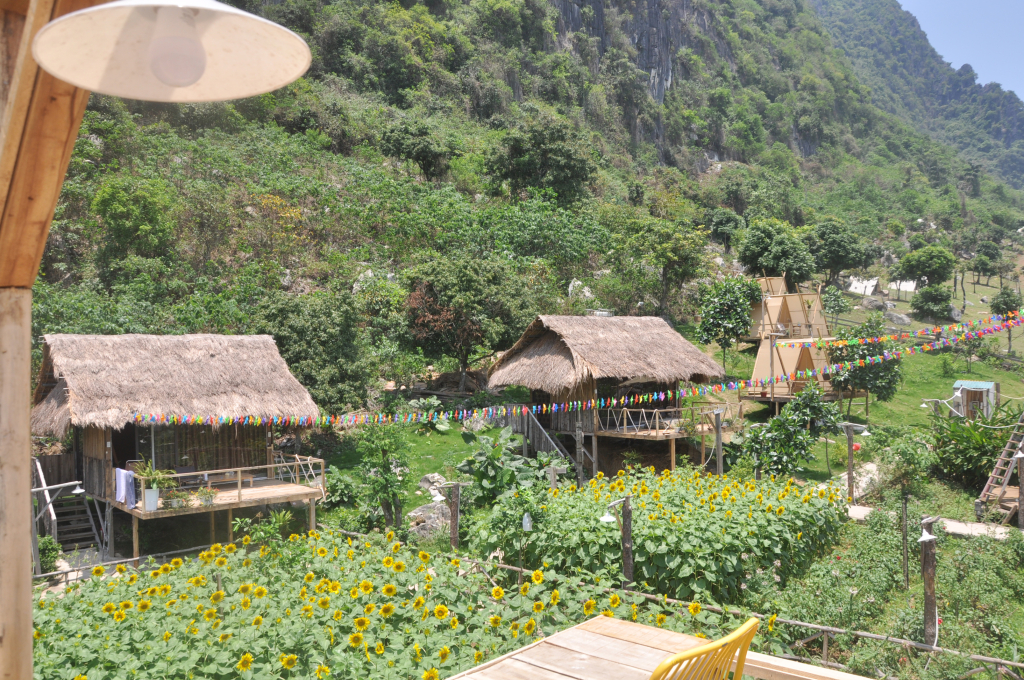
There are many new models and services that have been invested in and attracted tourists recently, especially in the mountainous area to the north of Ha Long City. These models are mainly developed based on natural landscapes or the design of ecological garden houses, such as: Man's farm, Happy Land, Ky Thuong Am Vap farm, Xuan Truong ecological garden... Each model has its own features to attract visitors, with services such as camping, check-in, fishing, teambuilding, SUP rowing, stream bathing, eating and drinking...
The common point is that the models all more or less cultivate/exploit local agricultural products to serve tourists. For example, the Man's farm tourist area (Thong Nhat commune) is a model that combines production and consumption of local agricultural products. Countryside dishes produced by Man's farm staff or neighboring households are purchased by the associated unit to serve tourists. Through research, it is shown that at Man's farm, there is currently an area for growing fruit trees, green vegetables, a chicken farming model with a total of more than 300 guava trees, half a hectare of garden growing seasonal squash, squash..., and at the same time, combining with local people to provide watermelon. It is estimated that on peak tourist days at Man's farm, the unit consumes dozens of kilograms of vegetables, fruits, chicken, fish... of all kinds every day.
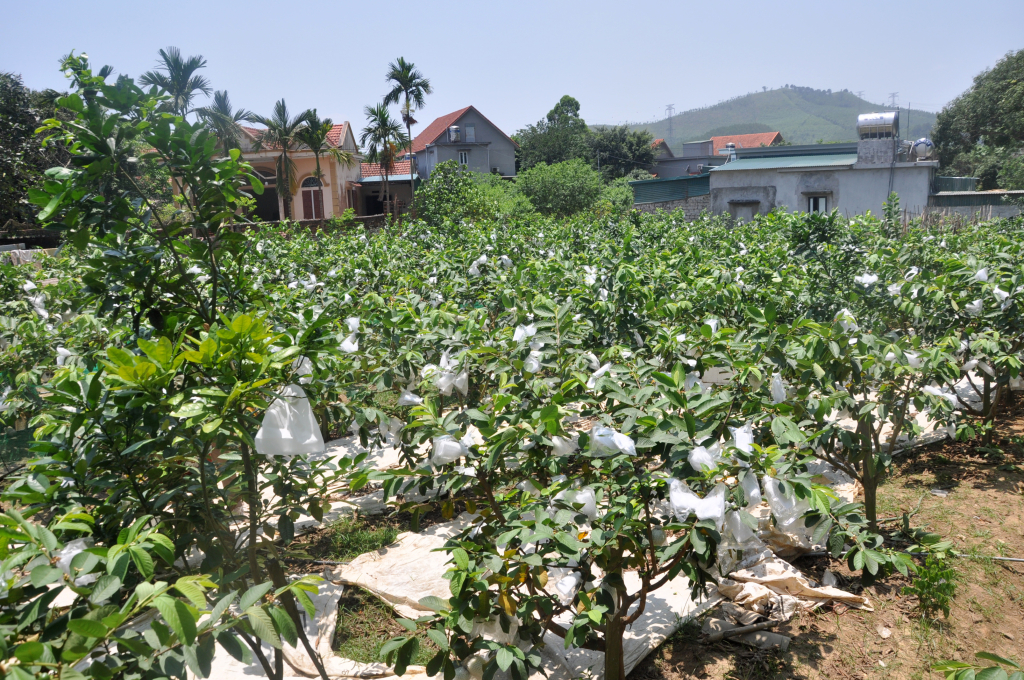
Sharing with us, Mr. Nguyen Van Vuong, Director of Man's Farm Company Limited, said: Our orientation is to bring into the business agricultural tourism services in addition to experiencing nature. I have studied in depth about food safety so I understand quite well, right from the extremely important input selection stage. We choose directly from breeding, seedlings to finished products. For example, in the guava garden, we take from good local varieties, breed trees to produce quality guava, almost do not use any chemicals for fertilization, organic fertilizers are used in a renewable form. Therefore, the products serving tourists are very high quality, from the input stage of vegetables and fruits to the combination of raising chickens, rabbits and using that organic fertilizer source for cultivation here.
Slightly different from the service at Man's farm, Xuan Truong Ecological Garden (Thong Nhat commune) invests in a large campus, beautiful landscape, mainly serving food services, with main dishes of horse, goat, chicken, fish, vegetables... In addition to some imported products from other places, such as horse meat, many agricultural products are grown and raised by the unit in its own fields, barns, ponds and gardens. Agricultural products purchased from other places or from local people are all checked by the unit for origin, production process, classified, processed, and preserved in a refrigerator or cold storage according to the process.

Not only the above two points, but in reality, there are many models using local agricultural, forestry and aquatic products to serve tourists, and this is even a competitive advantage of this type of tourism. Thereby, creating an agricultural economic model combined with tourism, increasing income for farmers, diversifying tourist experience products, but also requiring improved food safety and hygiene, especially for agricultural products that tourists like to experience production, harvesting and use in the garden, even without preliminary processing. This is a problem for both management authorities, service investors and consumers.

Mr. Pham Van Luyen, Party Secretary, Chairman of the People's Committee of Thong Nhat Commune (Ha Long City), emphasized: Thong Nhat is undergoing a transformation, recently many commercial establishments, services, restaurants have been invested in and built. The commune has a large area, each household is managed and uses a large area, so combining the production model with commercial and tourism services is a suitable direction. For example, the model of aquaculture combined with fishing services, food and beverage, fruit tree planting combined with camping, welcoming guests to provide services for economic development, especially household economy... When such a transformation occurs, there will be many risks if not well managed, people's legal awareness is not high, then food poisoning may occur. Therefore, it is necessary to organize training courses for people, business owners, and employees to do a good job of ensuring food safety and hygiene.
Not only Thong Nhat but many communes in the northern area of Ha Long City have production models combined with eco-tourism. This is also a large agricultural supply area for Ha Long in general and tourists to the locality in particular. Fortunately, people have a relatively high awareness of safe agricultural production.
Mr. Nguyen Van Thiet, village 2, Quang La commune, said: My family has implemented a model of a hill garden, a pond and a barn, from growing citrus trees, raising chickens, raising fish, turtles, and allowing visitors to experience fishing, each year bringing in an income of over 300 million VND/year. The family has signed an annual agreement on ensuring food safety and also focuses on not using growth chemicals or plant protection chemicals because they affect livestock and poultry. The fruits are also naturally wrapped in plastic bags...

Along with Mr. Thiet, currently in Quang La commune, there are dozens of models of rich fruit gardens, raising free-range chickens under the tree canopy to increase income. Many households have built their production models to be clean and beautiful, ready for tourists to visit the gardens and enjoy locally produced agricultural products. This is the basis for Quang La to be able to replicate model garden models and agricultural models combined with tourism according to the development orientation of the commune, attracting tourists to the locality.
Need for more proactive, earlier management
Not only Ha Long, many localities with advantages in natural landscapes have recently seen similar models, including small, spontaneous models. Therefore, it is thought that localities need to proactively manage sooner.

In Uong Bi, there are many tourist attractions that have recently attracted visitors such as Phuong Hoang hill, Binh Huong, Khe Song - Thac Bac area... These places are all located in the forest or at an altitude of hundreds of meters above sea level, in a large, deserted space, so it is very necessary to control security and order, environmental sanitation, and the scale of services to some extent so as not to affect the overall beauty of the landscape.
Through the reality of Phoenix Hill, we noticed that there is still a phenomenon of tourists cooking under the trees, and in the interspersed hills, there are still burnt yellow pine trees next to the green trees (?). The number of tents is increasing. It seems that the winding paths on the hillside are getting wider and wider due to the increasing number of vehicles passing by (?). And the people who provide services here are still quite vague about how to do tourism, even arbitrarily planting more trees on the hilltop...

Experiencing Phoenix Hill and Binh Huong are new tourism products that Uong Bi is expected to put into operation in the third quarter of this year. Currently, the city is guiding service businesses here to complete their documents, procedures, and strengthen infrastructure and products. However, tourists have known and come to experience here for a long time. Therefore, it is necessary for the locality to have early management solutions for these destinations.
With the strong development trend of eco-tourism and experience tourism today, it is thought that, along with large enterprises, people and groups of households who boldly invest should be encouraged, both to create more products and services for local tourism, provide better services for tourists, and at the same time solve jobs and increase income for people in remote areas.

However, the rapid growth of these tourism models clearly also requires local management to be more proactive and earlier, especially with guidance for establishments to comply with current regulations. Because many models exploit services under the forest canopy, it is extremely necessary to take care to ensure that tourists do not encroach on the forest, especially by cutting down trees and setting fires that cause forest fires.
With the large space of gardens and hills, the awareness of tourists is very important, so it is also necessary to promote and raise awareness of tourists in preserving the landscape and environment of the destination. Only then can we avoid the situation of "building a barn after the horse is lost", "banning when you can't manage it" and small tourism models also have the opportunity to develop more sustainably.
Source


![[Photo] Prime Minister Pham Minh Chinh meets with King Philippe of Belgium](https://vstatic.vietnam.vn/vietnam/resource/IMAGE/2025/4/1/be2f9ad3b17843b9b8f8dee6f2d227e7)
![[Photo] General Secretary To Lam receives King Philippe of Belgium](https://vstatic.vietnam.vn/vietnam/resource/IMAGE/2025/4/1/e5963137a0c9428dabb93bdb34b86d7c)

![[Photo] President Luong Cuong and King Philippe of Belgium visit Thang Long Imperial Citadel](https://vstatic.vietnam.vn/vietnam/resource/IMAGE/2025/4/1/cb080a6652f84a1291edc3d2ee50f631)

![[Photo] Close-up of Vietnam's sniffer dog team searching for earthquake victims in Myanmar](https://vstatic.vietnam.vn/vietnam/resource/IMAGE/2025/4/1/d4949a0510ba40af93a15359b5450df2)


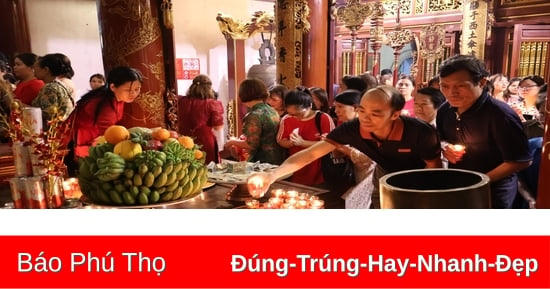



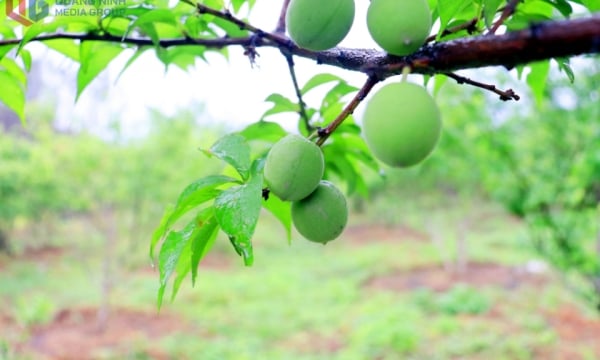
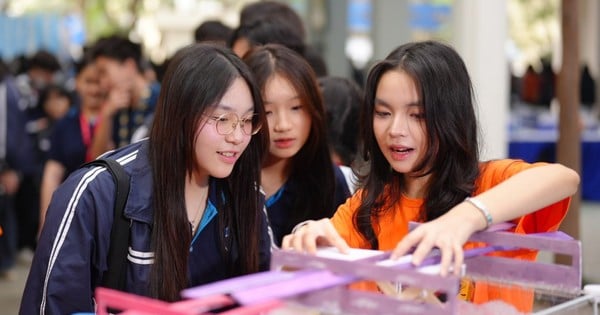






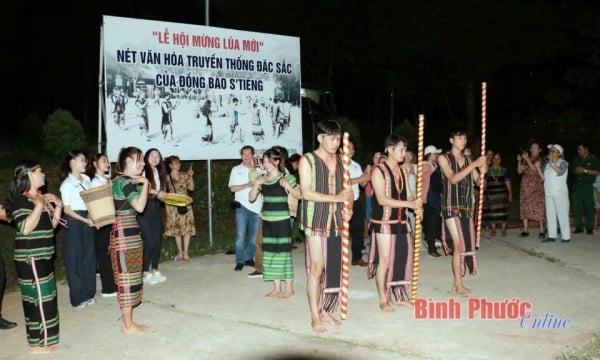




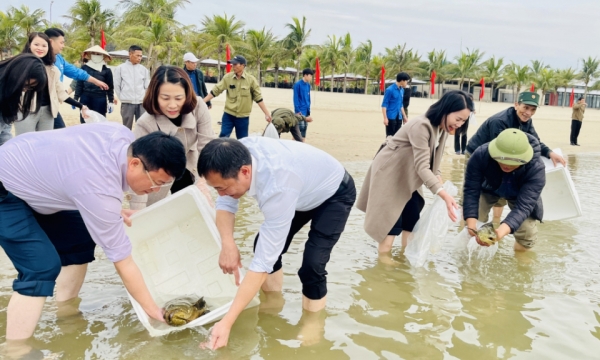
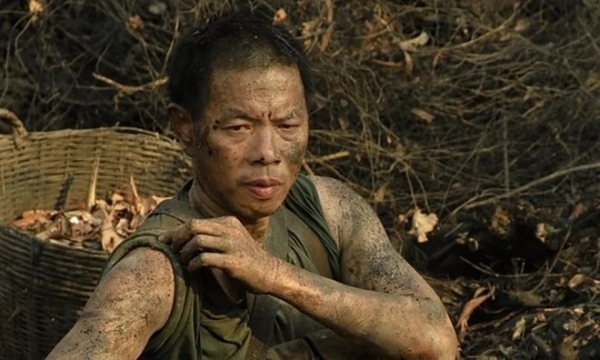


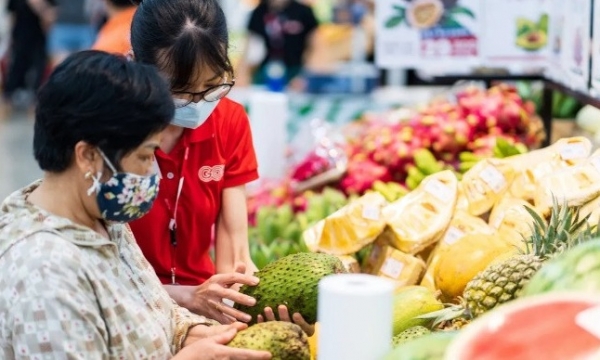
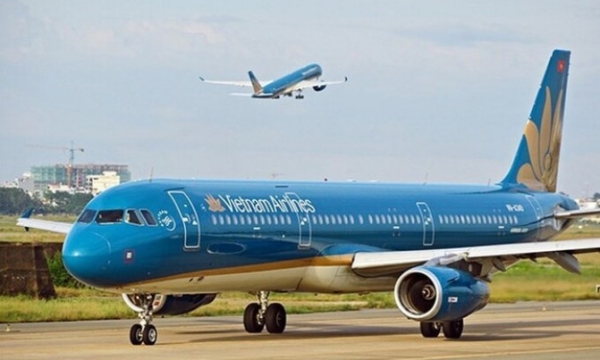
![[Photo] Myanmar's capital in disarray after the great earthquake](https://vstatic.vietnam.vn/vietnam/resource/IMAGE/2025/4/1/7719e43b61ba40f3ac17f5c3c1f03720)






























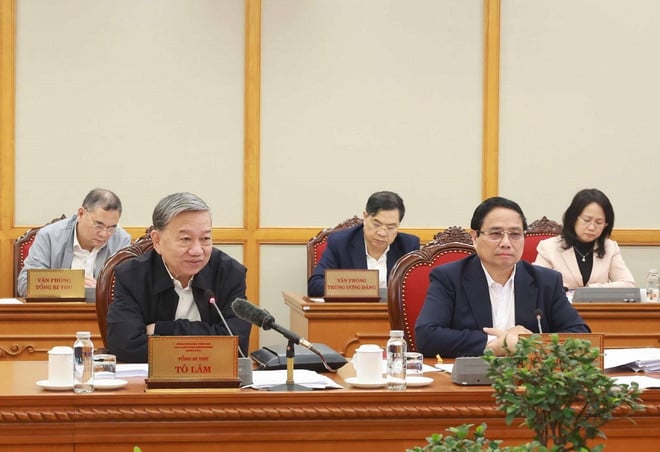









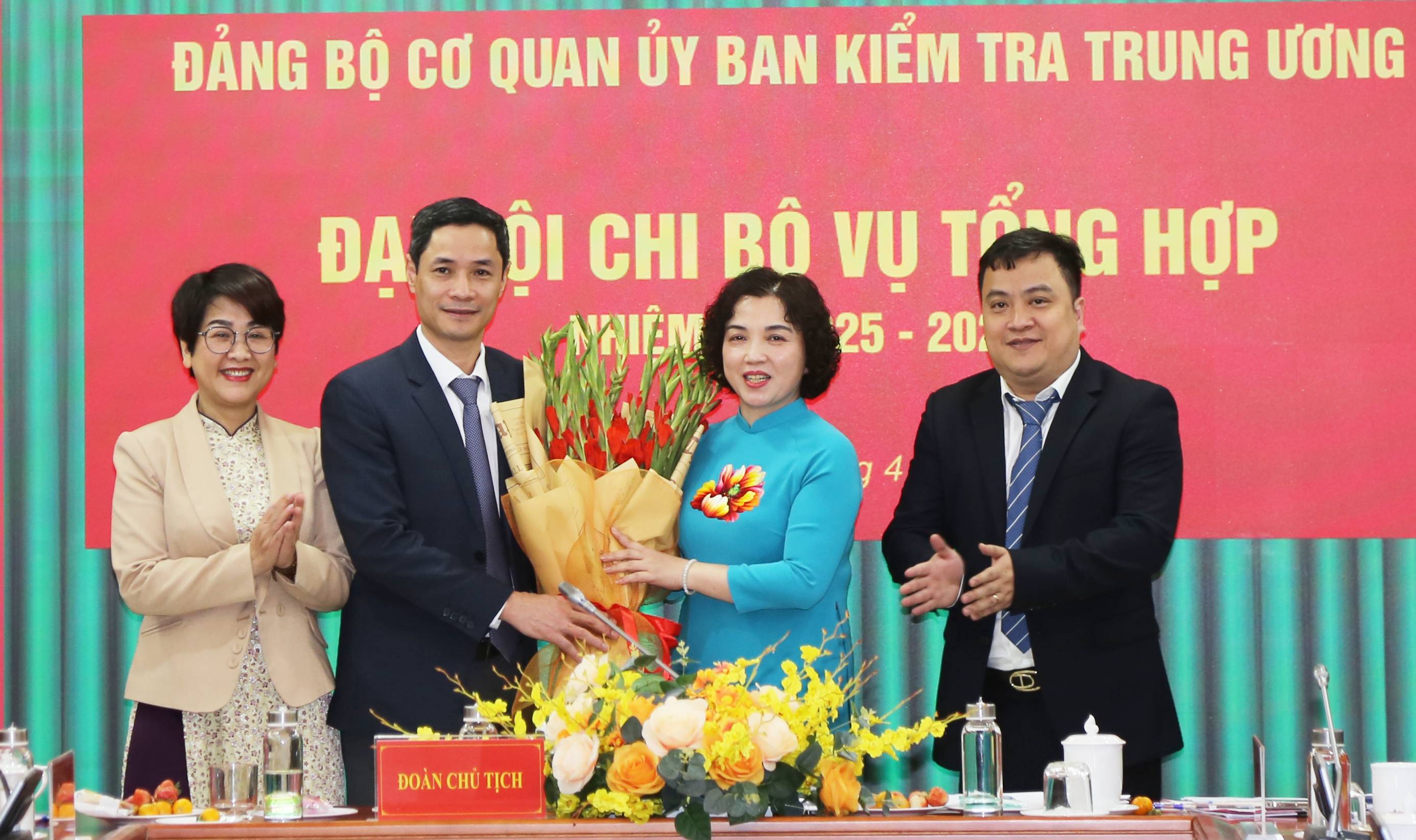






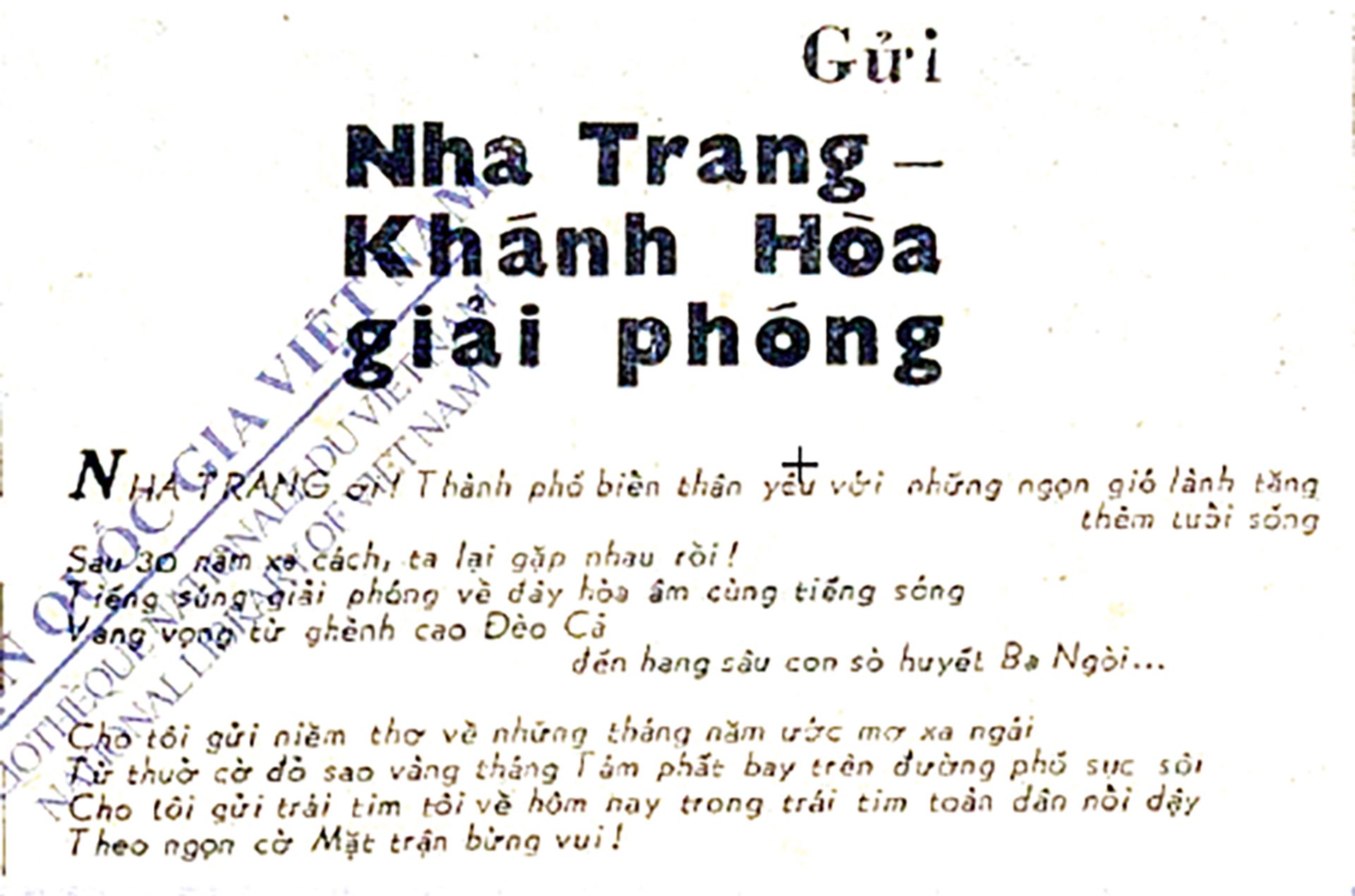













Comment (0)